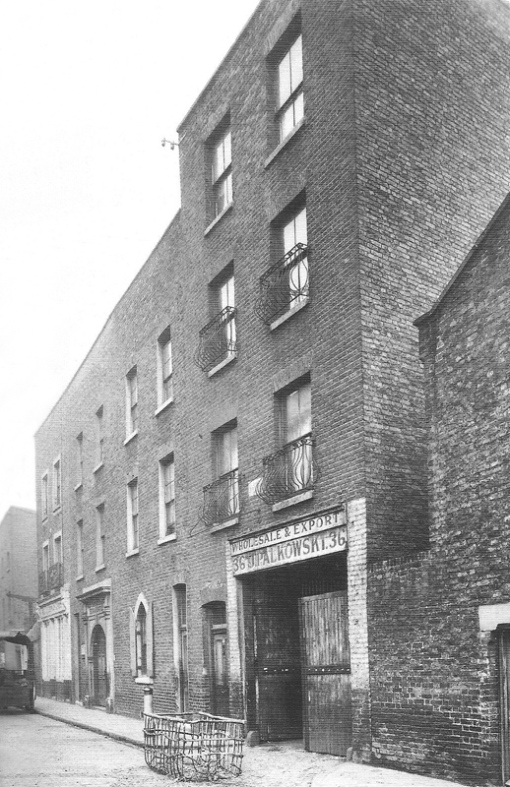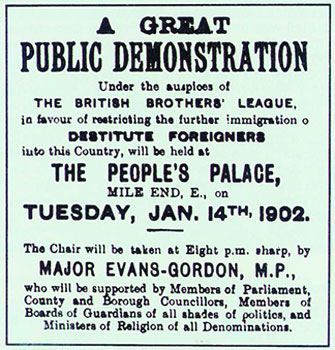The world of Basilica Fields is more than a railway… Basilica Fields includes and represents a part of the East End of London across a broad spectrum of geography, commerce, life… a window into a world that is beyond memory. Just the other day, probably sometime next week, a discussion took place about the interior of the late 19th century hovels which spread across the East End like jam on butter…. smeared onto the face of the world. Neither of the authors could recall much knowledge of how the rooms were arranged or the approximate sizes of the buildings which were “home” (or “Des Res”) to thousands of those who spent most if not all of their lives in the dismal sprawl of this part of London.
So why were we discussing such a subject…. and how does that discussion relate to the Quirky corner of Basilica Fields?
The sketches of the The Rookery and of Angel Yard depict row upon row upon row of dreary houses, many of those houses are not much better than slums and soon to be swept away. Those rows occupy a significant area of the proposed scenes and having dimensions of a representative, typical, building will be of great value when setting out the miniature real estate.
In best Quirky tradition this post offers an opportunity for readers to help with some questions and thoughts. What might have been the size of a terraced house, for a labourer, in the East End? How many rooms downstairs and upstairs? What would be the size of the yard and how big might be the requisite out-house?
Photos, drawings, pointers… what do you have that can help us in this quest?
regards, Graham



